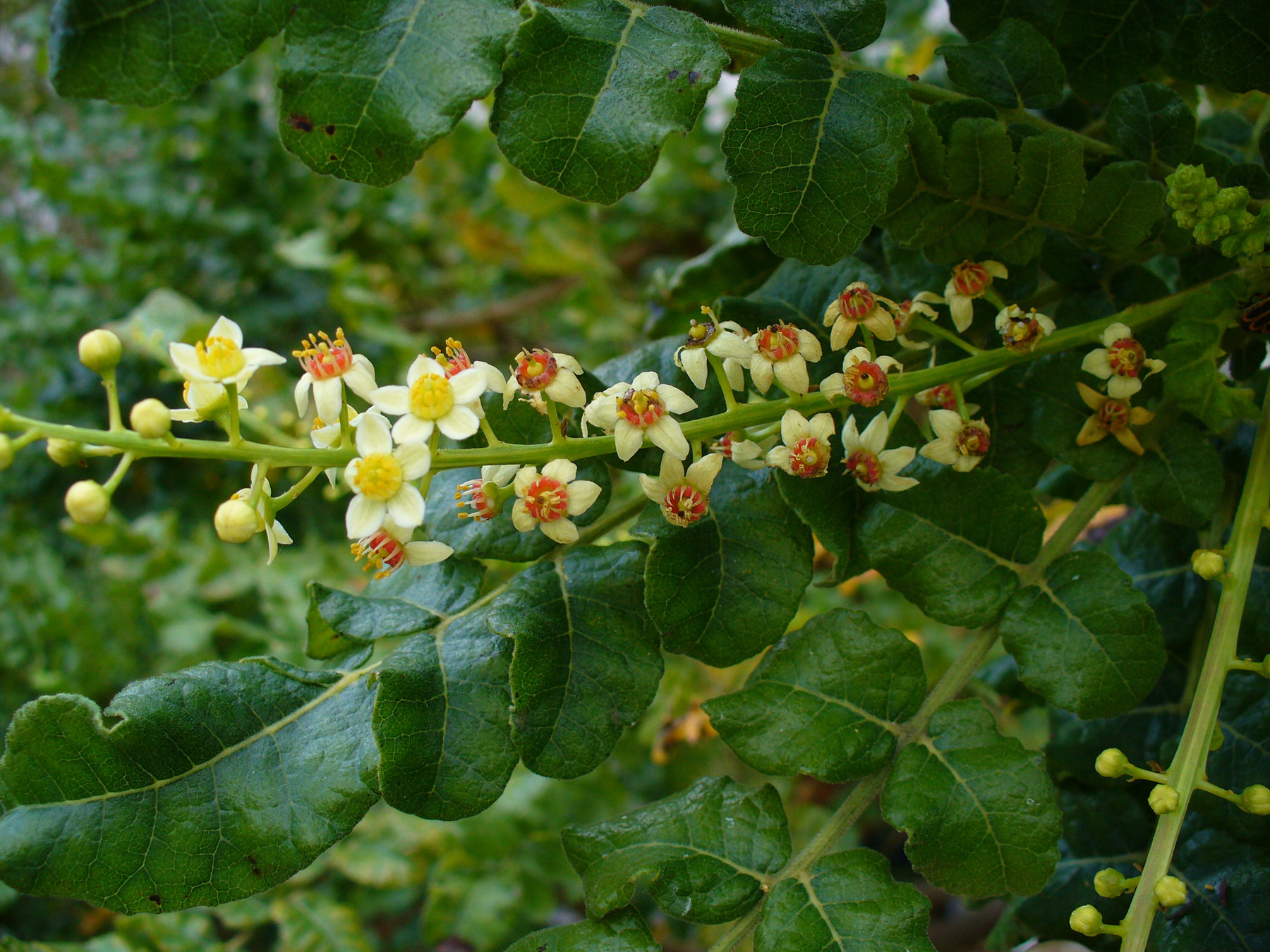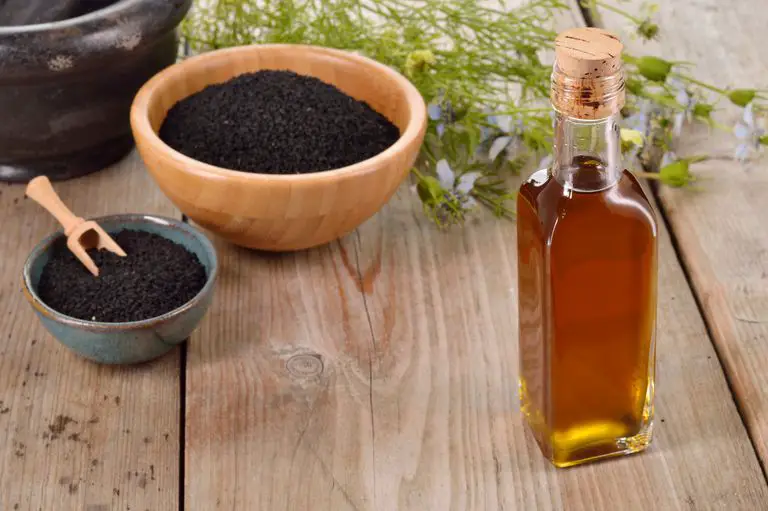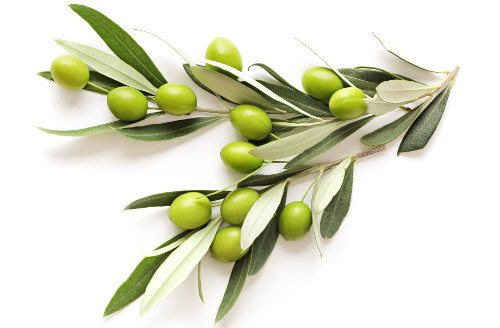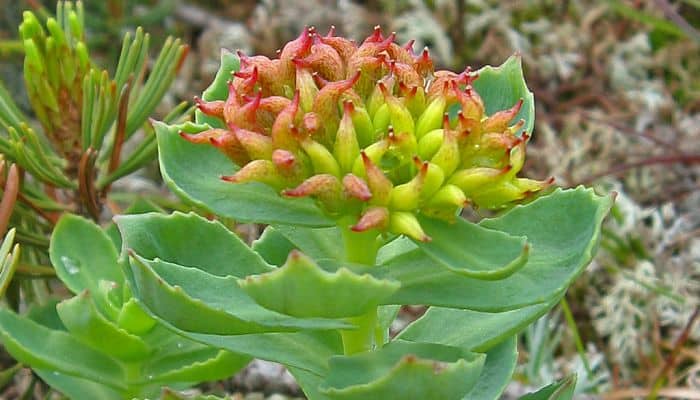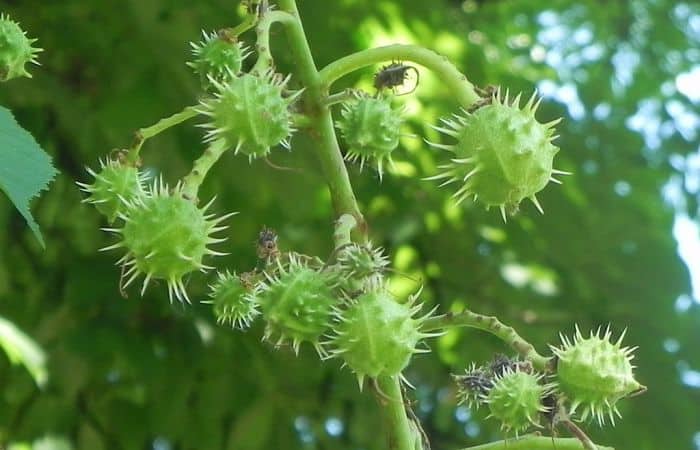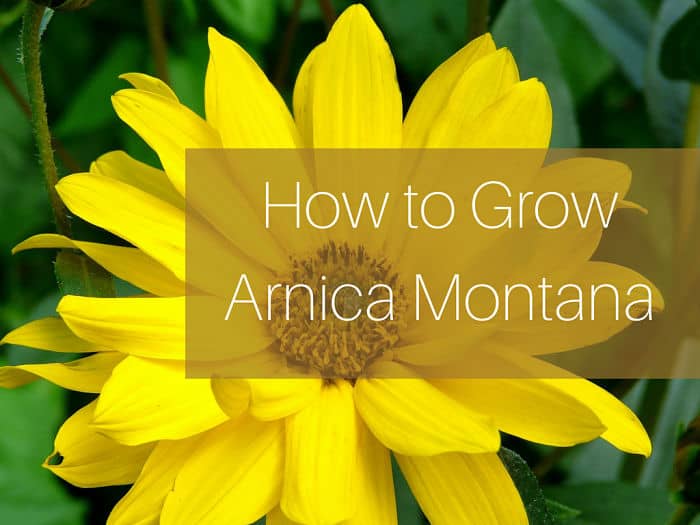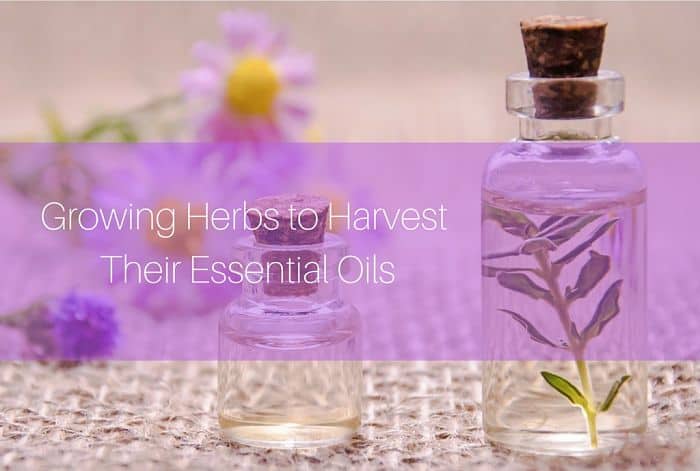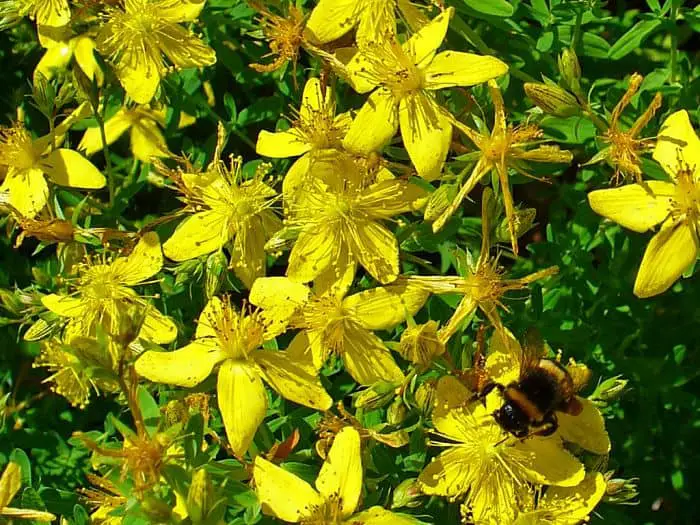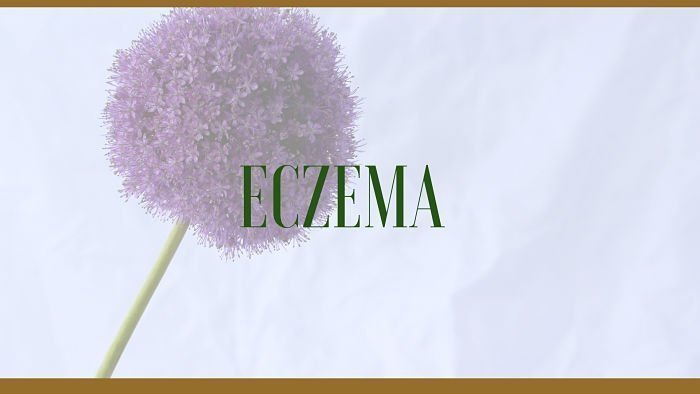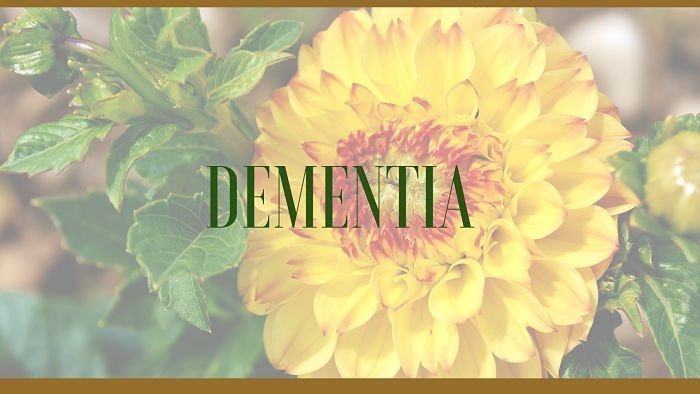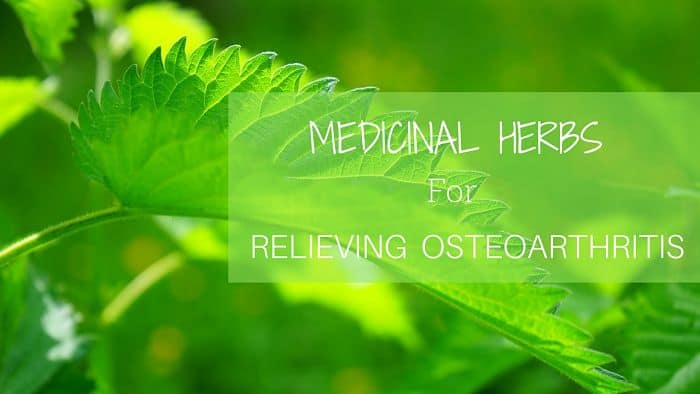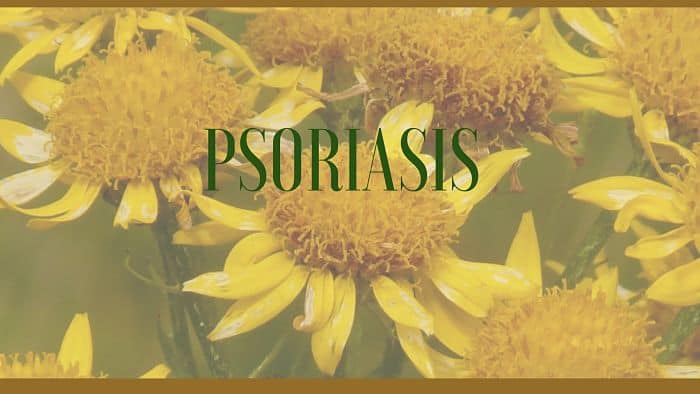Fitness enthusiasts and athletes are constantly exploring natural ways to enhance their physical performance and improve their recovery. Black Ginger and Tongkat Ali are two such options that have gained popularity for their health benefits which are backed by traditional use and modern scientific research. Introduction to Black Ginger and Tongkat Ali Black Ginger, scientifically known … [Read More...] about Maximizing Fitness Performance with Natural Supplements: The Efficacy of Black Ginger and Tongkat Ali
Main Content
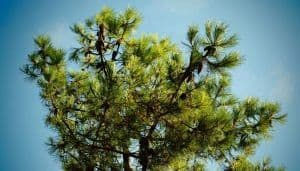
What is Maritime Pine Bark used for?
Recent studies indicate that maritime pine bark may be an effective herbal treatment for symptoms of illnesses such as diabetes, arthritis and viral diseases. Pycnogenol® is the patented trademark name for any group of flavonoids extracted from the bark of French maritime pine trees. Maritime pine bark extract is available in more than 600 dietary supplements, … [Read More...] about What is Maritime Pine Bark used for?
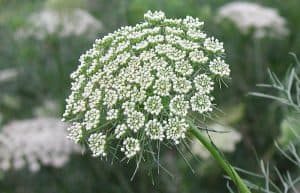
What is Khella used for?
The herb has been used traditionally for premenstrual syndrome (PMS) and menstrual cramps. It is also used to treat ailments associated with spasms and constriction of the gallbladder and bile duct and to ease the passing of kidney stones. Several studies have been done on khella as a natural treatment for vitiligo, a skin condition in which the pigment cells (melanocytes), are … [Read More...] about What is Khella used for?
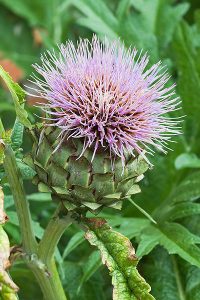
What are the health benefits of Artichokes?
The artichoke leaves contain a number of phenolic acids, flavonoids (rutin, luteolin), cynarin and sesquiterpenes (especially caryophyllene and beta-selinene). It also contains tannins, sugar substances, inulin, mucus substances, phytosterols (taraxasterol), essential oil, provitamin A and several enzymes. The herb is used internally as a tea or in tablet or capsule form to treat liver and … [Read More...] about What are the health benefits of Artichokes?
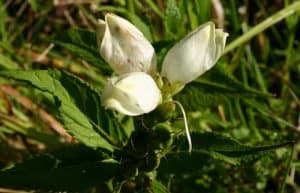
What are the health benefits of Balmony?
Comprehensive information regarding the plant’s constituents is, as of yet, lacking, but it is known that the plant contains the bitter substances iridoid glucosides such as catalpol (soluble in both water and alcohol) and resins. A Good Herb for Digestion Balmony has a long history as a medicinal herb in North American folk medicine, but the herb’s alleged medicinal properties have not … [Read More...] about What are the health benefits of Balmony?
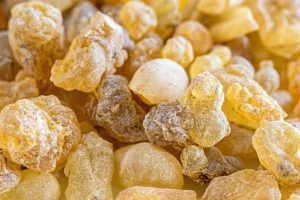
What are the health benefits of Frankincense?
If you’re at all familiar with the Nativity story, then you’ve undoubtedly heard of the three wise men bringing gifts of frankincense and myrrh to the Christ child’s manger. But chances are, you’re not entirely sure what frankincense and myrrh even are. And you probably didn’t know that both are still around today, celebrated not only for their magnificent fragrances but also for their medicinal … [Read More...] about What are the health benefits of Frankincense?
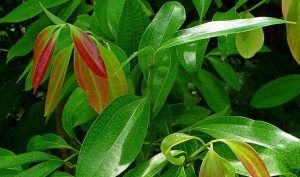
What are the health benefits of Cinnamon?
Cinnamon has been in use as a culinary spice and a medicinal herb, ever since the ancient times. It was used in cooking for its flavor and also to prevent food from going bad. Even today, the bark is a widely used cooking ingredient all over the world. It is used to add a hint of spice to desserts, teas, candies and also in many dishes in Middle Eastern and Asian cooking. The medicinal … [Read More...] about What are the health benefits of Cinnamon?
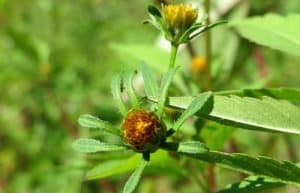
What are the health benefits of Trifid Bur Marigold?
Today, trifid bur marigold has few applications in herbal medicine, but the herb was once highly regarded, especially during the Middle Ages. Still, the herb has a number of valuable properties and was previously used to treat urinary tract infections, kidney and respiratory ailment The English botanist and astrologer Nicholas Culpeper (1616 – 1654) praised the herb in one of his … [Read More...] about What are the health benefits of Trifid Bur Marigold?
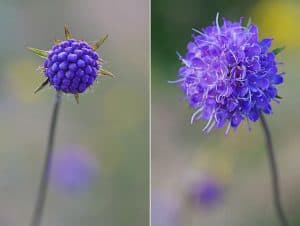
What are the benefits of Devil’s Bit Scabious?
Devil’s bit scabious contains tannins, saponins, glycosides, starch, caffeic acid and mineral salts. The plant was formerly known by the Latin name “scabiosa succisa” which refers to how the herb was used in the past to treat scabies (an itchy skin infection caused by mites). “Succisa” means bitten off or cut off and refers to the shape of the root. The name originates from folklore that … [Read More...] about What are the benefits of Devil’s Bit Scabious?
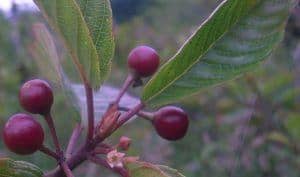
What are the health benefits of Cascara Sagrada?
Cascara Sagrada was used traditionally as an herbal laxative by various Native American Indian tribes. These tribes passed their knowledge of this medicinal herb then on to the Spanish explorers. The active constituents in cascara sagrada are hydroxyanthraquinone glycosides called cascarosides. These cascarosides have a cathartic effect by inducing muscular contraction called peristalsis in … [Read More...] about What are the health benefits of Cascara Sagrada?
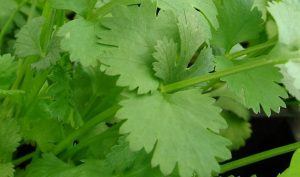
What are the health benefits of Coriander?
Both the [easyazon_link identifier=”B001A1VIUO” locale=”US” tag=”herbal-resource-20″]seeds[/easyazon_link] and leaves (cilantro) of coriander have been used in cooking for millennia, and coriander is considered one of the oldest spices in the world, probably dating as far back as 5000 b.c. Today, it is a major component in various traditional ethnic cooking. Traditionally, it is used to treat … [Read More...] about What are the health benefits of Coriander?
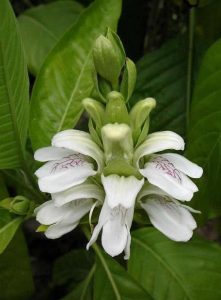
What are the health benefits of Malabar Nut (Justicia Adhatoda)?
The leaves, roots and flowers of Adhatoda vasica also called vasa or vasaka were used extensively in traditional Indian medicine for thousands of years to treat respiratory disorders such as asthma. Adhatoda vasica is considered useful in treating bronchitis, tuberculosis and other lung and bronchiole disorders. A decoction of the leaves may be used as an herbal treatment … [Read More...] about What are the health benefits of Malabar Nut (Justicia Adhatoda)?
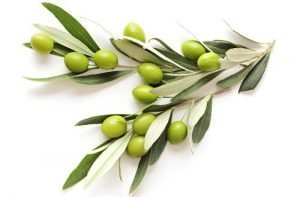
Olive Leaf Extract & Oleuropein Benefits & Uses
Botanical Name: Olea Europaea Other Common Names: african olive, brown olive, common olive, European olive, olive tree, small-fruited olive, wild olive Habitat: Olea Europaea is native to southern Europe, northern Africa and western Asia. African olive (subspecies) is native to Africa, Madagascar, western Asia and the Indian subcontinent. Description: Olive leaves are from the … [Read More...] about Olive Leaf Extract & Oleuropein Benefits & Uses
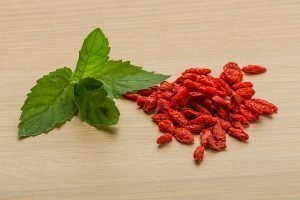
Berberine Toxicity, Uses, and Benefits
Berberine was first used in China and India where it appears in traditional Chinese and Ayurvedic medicine. Used as a dye, it has a distinctive yellow color. Berberine is an alkaloid bioactive compound which occurs naturally in several plants including goldenseal, barberry, tree turmeric, Oregon grape and goldthread. Scientific studies have shown that berberine has many pharmacological uses … Read More... about Berberine Toxicity, Uses, and Benefits
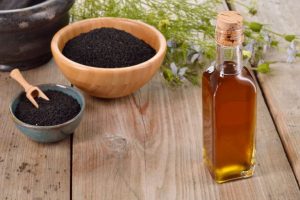
Black Seed (Nigella Sativa) Benefits & Uses
Botanical Name: Nigella sativa Other Common Names: fennel flower, black cumin, black onion seed, black caraway and kalonji Habitat: Nigella sativa is native to Southern Europe, North Africa and Southwest Asia and it is cultivated in many countries in the world such as the Middle Eastern Mediterranean region, South Europe, India, Pakistan, Syria, Turkey, Saudi Arabia. Description: Olive … [Read More...] about Black Seed (Nigella Sativa) Benefits & Uses
